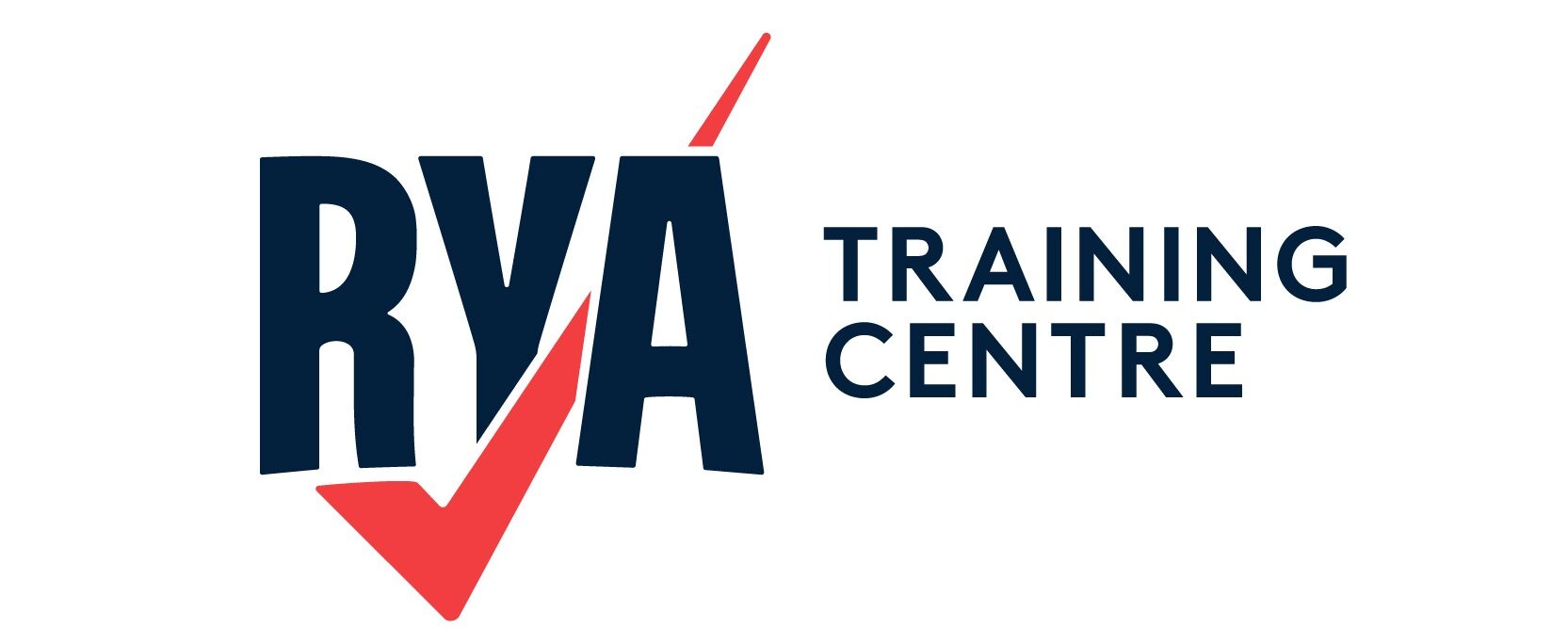 Approaching the dock can be one of the most nerve-racking experiences – especially if you are in a busy marina with tight spaces!
Approaching the dock can be one of the most nerve-racking experiences – especially if you are in a busy marina with tight spaces!
There’s no reason to break out in a sweat if you follow our simple tips. Our advice will not only make you better at close-quarter maneuvering and docking, but will also make you a better boater.
Docking Tips
1 – Go Slow
Never approach the dock faster than you are willing to hit it. Slow speed will give you time to make corrections and salvage an approach. Less damage will also occur if you do bump the dock!
By using slow and deliberate actions with the throttle, you can make small adjustments in either forward or reverse. Avoid bursts of high power as it may worsen the situation, making it difficult to recover control.
2 – Take Control
There is only one person solely responsible for the safety of the vessel and crew – you! Take charge and act like a skipper. Do not listen to Tom, Dick and Harry giving you directions from the shore. You should know your boat and how best to dock it depending on weather and tide.
The skipper should always make the final decision and the crew will respect this.
3 – Plan
Make a plan! By using a well thought out and methodical approach, you can succeed in even the most difficult docking situations.
Take into consideration the wind and tide during your approach, other vessels and obstacles, and your manoeuvrability in restricted space. The more aware you are of your surroundings, the fewer problems you’ll have!
4 – Brief & Communicate
Once you have created your plan, brief your crew with clear instructions. Managing the crew during docking is one of the most important things to get right. Individually go over each crew member’s responsibility, and then together as a team so everyone understands the order of events. If there are extra crew that are not needed, make sure they know to remain seated and quiet.
Remind the crew that safety is paramount and to ensure that they do not put themselves in danger at any time. Damage to the vessel is better than damage to a crew member.
During docking, clearly communicate with your crew and be ready to give additional instructions if things do not go to plan.
5 – Don’t Be Afraid
 Finally, if your not happy with the docking manoeuvre then simply start again. There is no pressure to get it right first time. It is far better to reassess or retry the manoeuvre. No-one will think any less of you as a skipper for doing so – quite the opposite.
Finally, if your not happy with the docking manoeuvre then simply start again. There is no pressure to get it right first time. It is far better to reassess or retry the manoeuvre. No-one will think any less of you as a skipper for doing so – quite the opposite.
The more you practice docking the better you will be able to respond to different situations. Get out and try different boat handling manoeuvres with varying wind and tide conditions – the better you know the boats limitations the easier it will be to dock it.

